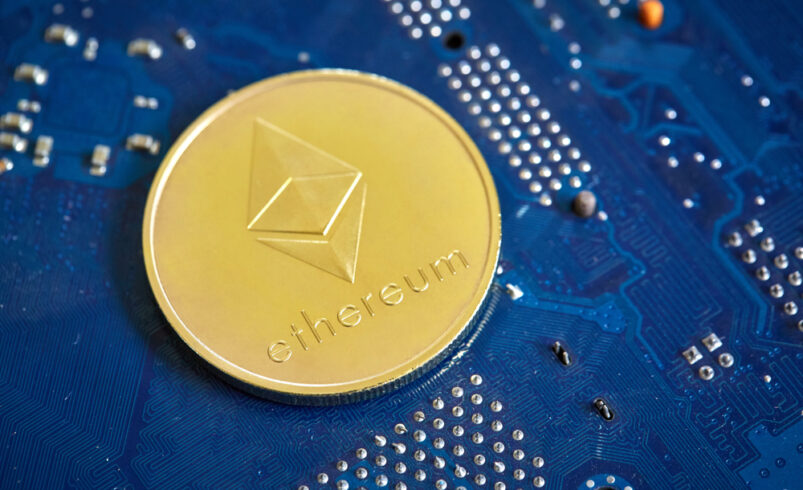Ethereum Vs Ethereum Classic: Understanding Similarities and Differences

Introduction
As intriguing as the cryptocurrencies seem, they have certain drawbacks as well. Therefore, depending on the updated format, the system has to be updated to remain competitive. Ethereum blockchain had a similar upgrade that led to the creation of Ethereum and Ethereum Classic.
Despite many similarities, these two possess unique characteristics that set them apart. In this article, we’ll delve into the background of both cryptocurrencies and learn their key distinctions.
Background
The innovative blockchain platform Ethereum was introduced by renowned programmer Vitalik Buterin in 2015 to facilitate decentralized apps and smart contracts. In the same year, a decentralized autonomous organization, DAO, was introduced, focusing on venture capital funding.
As successful as it was, it also caused the Ethereum community to face a significant crisis when hackers exploited a bug in the code and drained a significant amount of Ether, sparking a heated discussion within the community. To handle the situation, a hard fork was proposed, leading to the creation of two separate chains.
Try Crypto Engine today, the best crypto trading bot! Click here to sign up. Artificial intelligence crypto bots are leading the trading markets, you can take part in the AI revolution and make money too! Stay ahead of the crypto game with Artificial Intelligence crypto trading bot today!
Most people supported a hard fork, which restored the original investors’ ownership of the Ether and deleted the transaction history that led to the DAO hack. This new chain became known as Ethereum.
However, due to the immutability of the blockchain, certain community members were against this interference, contending that once a transaction is verified, it should never be changed.
These critics persisted in backing the original blockchain, which preserved the transaction history of the hack. This older version of the chain became an Ethereum classic. This is how the two chains were created, each with its own communities and ideologies.
Similarities Between Ethereum and Ethereum Classic
Because of their shared history, Ethereum and Ethereum Classic have many things in common, even if they handled the DAO incident’s aftermath differently. A few similarities are as follows:
Blockchain technology
Ethereum and Ethereum Classic work on a decentralized blockchain system that records all transactions in blocks that are then linked to each other, forming a chain.
Smart Contracts
Both Ethereum and Ethereum classic support smart contracts, which are self-executing agreements in the form of code between traders.
Mining Algorithm
Ethereum and Ethereum Classic require miners to verify the transaction to add them to the blockchain. Both systems use the PoW algorithm to confirm transactions. However, Ethereum has been shifting to the PoS consensus method as a result of the launch of Ethereum 2.0.
Key Distinctions Between Ethereum and Ethereum Classic
Undoubtedly, several significant distinctions between Ethereum (ETH) and Ethereum Classic (ETC) have arisen since the controversial hard fork in 2016. Some of them are as follows:
The DOA Hard Fork
The most significant difference between the two is the Ethereum classic is the original Ethereum blockchain. On the contrary, Ethereum was created due to a hard fork following the DOA heist.
Philosophy
Ethereum prioritizes community needs by following a realistic approach, enabling flexibility and adaptation depending on the community’s demands. Ethereum Classic (ETC) upholds the immutability concept, stressing the significance of keeping an unalterable record even in contentious situations or security lapses.
Transaction Rate and Cost
Both Ethereum and Ethereum Classic allow 12-15 transactions per second, the cost of which depends on the time taken to complete the transaction. When it comes to transaction expenses, Ethereum Classic performs better than Ethereum.
The transaction charge for Ethereum Classic is almost nonexistent. Ethereum, on the other hand, has unreasonably high transaction costs, especially in light of the recent increase in network traffic problems.
Demand will increase since gas prices might reach $15 and must be paid for with ETH, the platform’s native coin.
Adoption
Compared to Ethereum Classic, Ethereum has a higher market value and is utilized more frequently. This suggests that Ethereum has more people using its network, more programmers working on it, and more resources devoted to its growth and improvement.
On the other hand, Ethereum Classic (ETC) is regarded as an obscure cryptocurrency that caters to people who particularly respect the immutability concept.
Disclaimer: Latest Coin News is your go-to platform for promoting content for a multitude of cryptocurrency and blockchain enterprises, and your organization could be the next to benefit from our services! For inquiries, don’t hesitate to connect with us via our Telegram Chat. Given the volatile nature of the cryptocurrency market, we encourage you to conduct comprehensive research prior to making any investment decisions. Some of the content on our website, such as broker reviews, is either paid content or contributions from guest authors and may not necessarily reflect the views of Latest Coin News. We disclaim any responsibility for the accuracy, quality, and content of advertisements, products, or any other materials, including ad spaces displayed on our platform. For a thorough understanding, we invite you to review our full terms and conditions and disclaimer.






